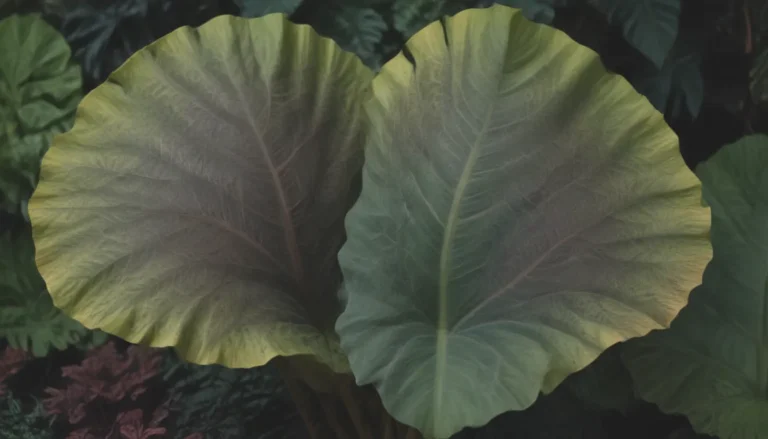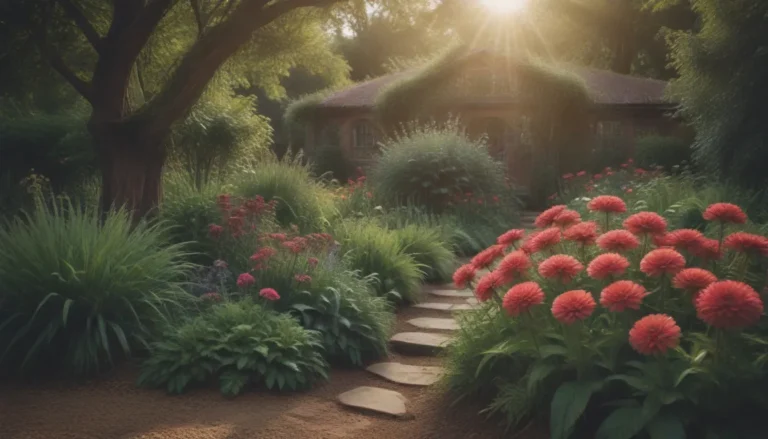How to Grow and Care for Grape Hyacinth (Muscari): A Complete Guide

If you’re looking to add a pop of color to your garden that requires minimal effort, grape hyacinth, also known as muscari, might just be the perfect choice for you. These small bulbs produce tight clusters of blue flowers that resemble grapes, and they come in a variety of colors including white, pink, lavender, and yellow. In this comprehensive guide, we’ll explore everything you need to know to successfully grow and care for grape hyacinth in your garden.
Benefits of Growing Grape Hyacinth
Before we delve into the specifics of growing and caring for grape hyacinth, let’s take a moment to appreciate the benefits of adding these beautiful flowers to your garden:
- Vibrant spring blooms that last for up to four weeks
- Low-maintenance plants that come back year after year
- Versatile plants that can be grown in garden beds, rock gardens, containers, and more
Grape Hyacinth Care Requirements
Proper care is essential for ensuring the health and longevity of your grape hyacinth plants. Here are some key care requirements to keep in mind:
Light
Grape hyacinth thrives in full sun but can also tolerate partial shade. Plant them in areas that receive plenty of sunlight, especially in the spring before nearby trees have fully leafed out.
Soil
These plants prefer well-drained soil and are particularly fond of somewhat sandy blends. However, they can adapt to a variety of soil types as long as they are not constantly waterlogged.
Water
During the spring growing season, grape hyacinth plants like to have a consistent level of moisture in the soil. Water them approximately once a week, allowing the soil to dry out slightly between waterings to prevent issues such as bulb rot.
Temperature and Humidity
Grape hyacinth can thrive in various climate conditions within their USDA hardiness zone range. However, they require a cool winter period to bloom successfully, so ensure they receive adequate chilling temperatures during the winter months.
Fertilizer
While grape hyacinth does not require regular fertilization, a yearly application of bone meal in the fall can help promote healthy growth and blooming.
Types of Grape Hyacinth Varieties
Grape hyacinths come in a variety of colors and forms, offering plenty of options to choose from. Some common varieties include:
- ‘Album’
- ‘Blue Magic’
- ‘Feather Hyacinth’
- ‘Mount Hood’
- ‘Valerie Finnis’
When selecting bulbs, opt for larger, premium bulbs that are more likely to produce multiple flower stalks and abundant blooms.
Pruning and Propagating Grape Hyacinth
Proper pruning and propagation techniques can help maintain the health and vitality of your grape hyacinth plants:
Pruning
While grape hyacinth does not require extensive pruning, cutting back spent foliage after blooming can help improve the plant’s appearance. Leave the grassy foliage intact during the fall and winter months to support blooming in the following spring.
Propagating
Grape hyacinth can be propagated through seeds or bulb division. Division is the preferred method, as it yields faster results. Propagating from seeds may take several years before the plant reaches maturity and blooms.
Growing Grape Hyacinth From Bulbs
Fall is the ideal time to plant grape hyacinth bulbs for a beautiful display in the spring. Follow these steps for successful bulb planting:
- Choose a site with well-drained soil that receives adequate sunlight
- Plant the bulbs at the appropriate depth, typically twice the bulb’s height
- Water the bulbs after planting and monitor soil moisture throughout the growing season
Common Pests and Diseases
While grape hyacinth is relatively resilient, they may still be susceptible to certain pests and diseases. Common issues include aphids, spider mites, and yellow mosaic virus. Monitor your plants regularly and take appropriate measures to address any infestations promptly.
How to Force Grape Hyacinth to Bloom Indoors
If you’d like to enjoy grape hyacinth blooms indoors, you can force them to flower in containers. Follow these steps to successfully force blooms indoors:
- Chill the bulbs in the refrigerator for about 10 weeks
- Plant the bulbs in a container and allow them to develop shoots in a cool, dark location
- Move the container to a sunny spot once shoots have emerged to encourage blooming
Conclusion
In conclusion, grape hyacinth is a stunning addition to any garden, offering vibrant spring blooms and reliable performance year after year. By following the care guidelines outlined in this article, you can enjoy the beauty of grape hyacinth in your own outdoor space. Whether planted in garden beds, containers, or rock gardens, these resilient flowers are sure to brighten up your landscape. Happy gardening!





